There is certainly not a solitary industry today that has not been improved by some type of automation. The education area has begun to move toward automating with technologies. During the time spent improving education system, innovation has assumed the main part in automating task, which was tedious and inconvenient. automation can be utilized to help all elements of the establishment. For example, heads, mentors, understudies, and guardians.
To wipe out the pressure for teachers and administrators, a few schools and universities are receiving automating services. These incorporate Robotic Process Automation (RPA) and Intelligent Automation (IA). The key highlights that were remembered for the new framework incorporate student enrollment, fees management, and attendance management, evaluating cycle and certification generation, admission process automation too. Automation is the answer for regular tasks and improves the proficiency and profitability of the educational institution which spares time and profoundly talented staff can deal with other basic undertakings.
Why robotic process automation for education industry?
Course registration, shortlisting, and enrolment process:
With automation, check student’s eligibility criteria, validate information, shortlist candidates to avoid manual intervention.
Attendance management:
Manage the attendance; send automated notifications and reports to parents and students.
IT operations:
IT operations can get rid of a lot of time-consuming tickets like password reset, unlock accounts, reboot systems, restart service, install updates, and monitor alerts with automation.
Schedule meeting scheduling, timetable updates, equipment reservations, and updates scheduling:
Institution staff and students have to attend a lot of events and meetings. Notifying students and faculty about meeting, events, and sending updates can be easily automated to save time.
Human resources, admin, finance:
Automate processes like payroll processing, vendor management, accounts payable-receivable, employee onboarding-offboarding, inventory management, vendor management, and many more.
Chabot:
Chabot can help automate the general queries from students, staff, and website visitors like admission schedule, admission process, contact person, course information. With NLP and AI, a chatbot can understand the natural language, learn from past data, and reply to queries like a human.
Benefits of RPA in the education industry:
Improved customer experience:
RPA is generally seen as a way for companies to free employees from the burden of repetitive, high-volume tasks such as admission, mailing, scheduled reports generation, etc. RPA can significantly drive improvements for customers through the automation of back-office tasks seemingly do not have an impact on the front office. With automation capabilities, RPA allows organizations to deliver higher quality services to their customers on time. Customer experience is improved due to significant improvement in SLA.
Better management capabilities:
A centralized management server provides organizations with the ability to remotely monitor, schedule, control, and execute the deployment of RPA software robots. RPA allows organizations to achieve enhanced governance in order to better manage business operations as specific requirements can be embedded in automation rules. It also allows auditing and analytics to happen in the same place as through RPA we can get the critical reports in regular intervals for audit and analysis purposes.
No coding required for implementation:
Many RPA tools provide drag and drop technology to automate a process. The tool allows creating automation workflow without or minimal coding. This makes it easy to implement the automation workflows.
Cost savings:
RPA not only reduces cost but provides more value addition to the overall organizational benefits and improves efficiency. Research shows that implementing RPA drives about 25% to 60% cost savings, improving the output metrics of applied functions.
Increased compliance:
RPA removes data inconsistency between disparate sources and logs all actions completed by the software robots while performing automation. This allows employees to proactively recognize and manage compliance issues and can perform regular internal reviews. These features of RPA support companies from various industries, whether that be the healthcare company required to meet safety and privacy rules or insurance provider has to meet certain regulations, or an educational institute needs to maintain data security.
In conclusion, educational institutes are moving towards automation which is beneficial to all staff, administrators, and students for their various educational activities. RPA can drastically reduce human dependency for mundane tasks and increase productivity with reduced working time.

